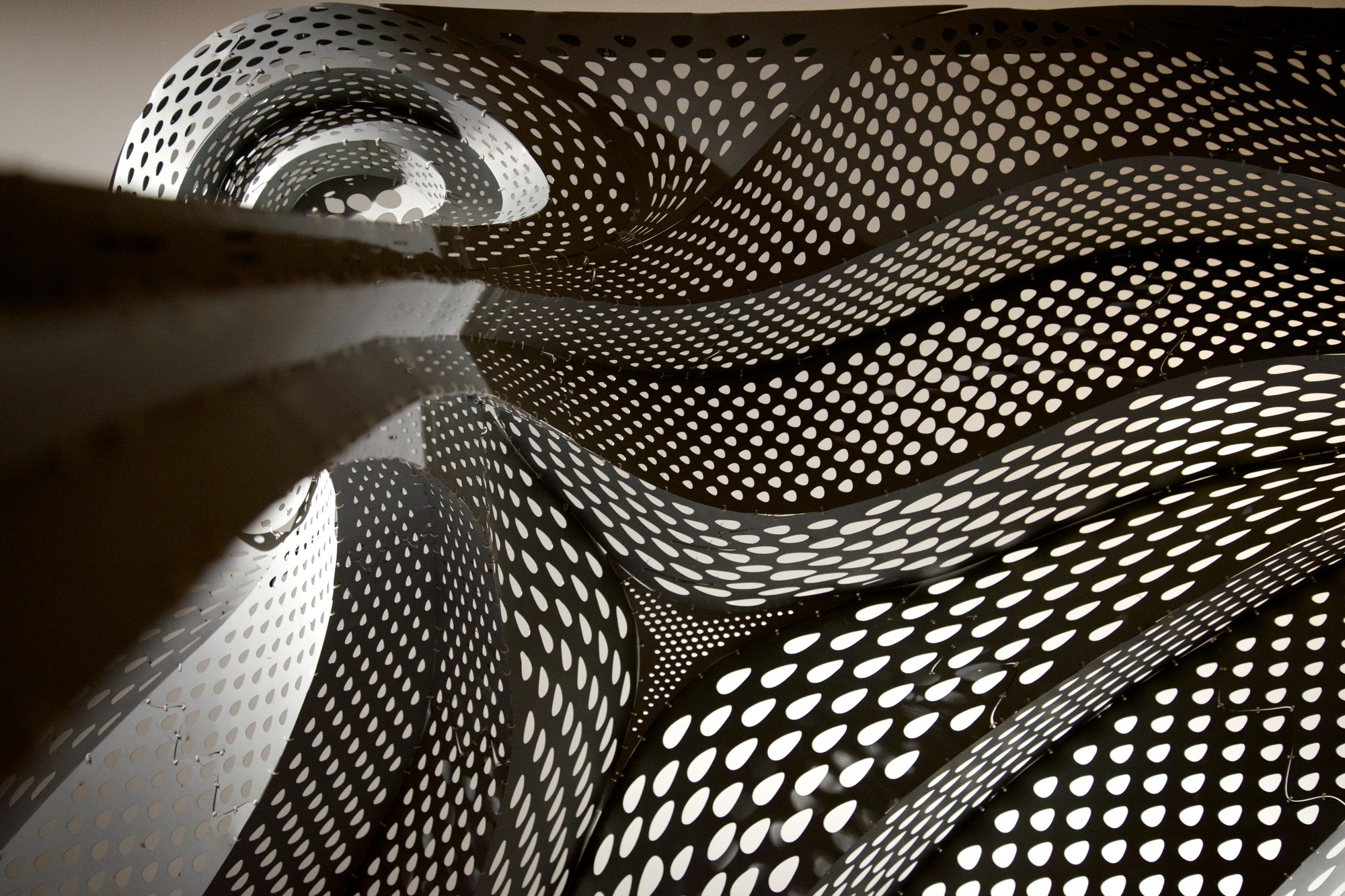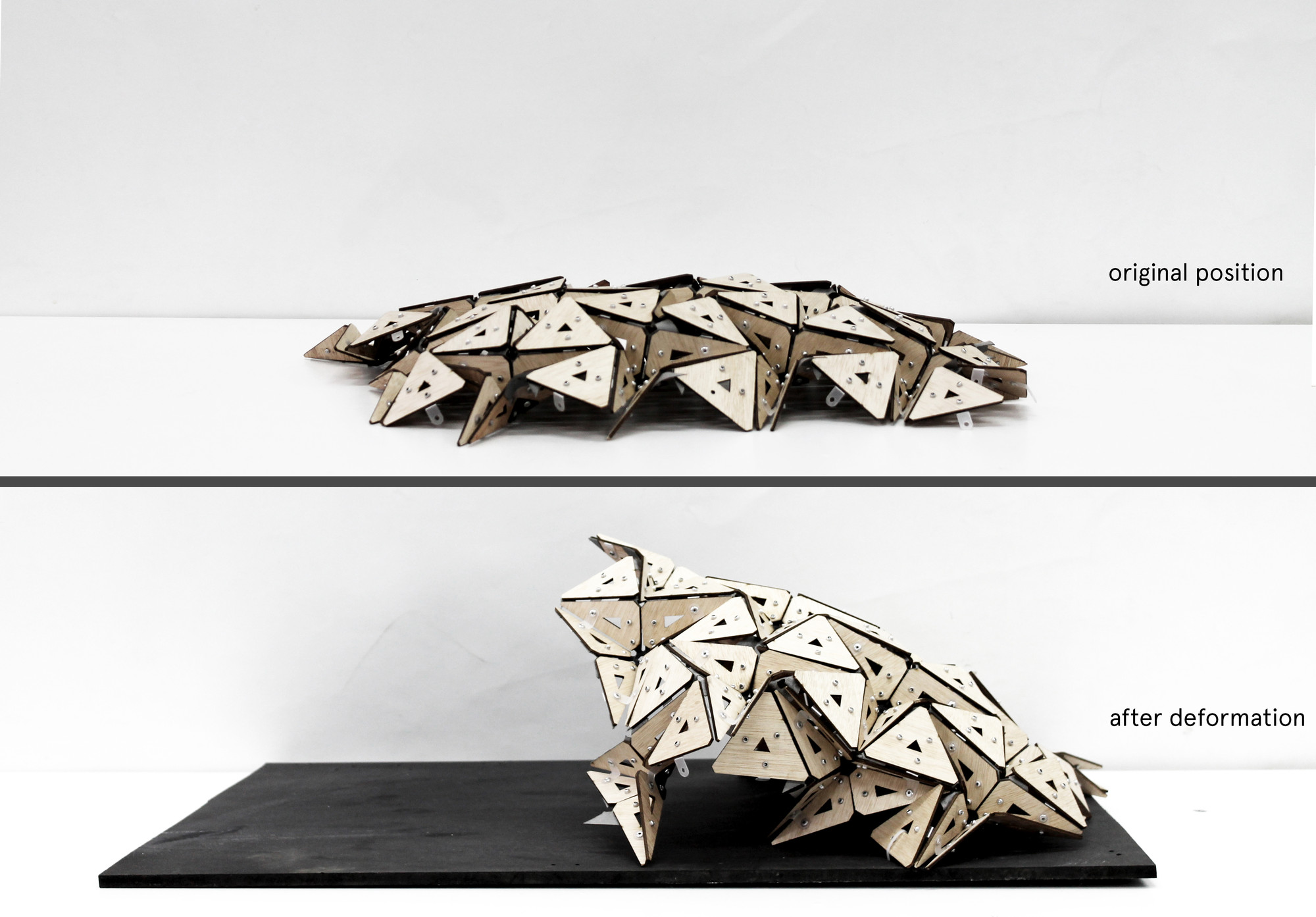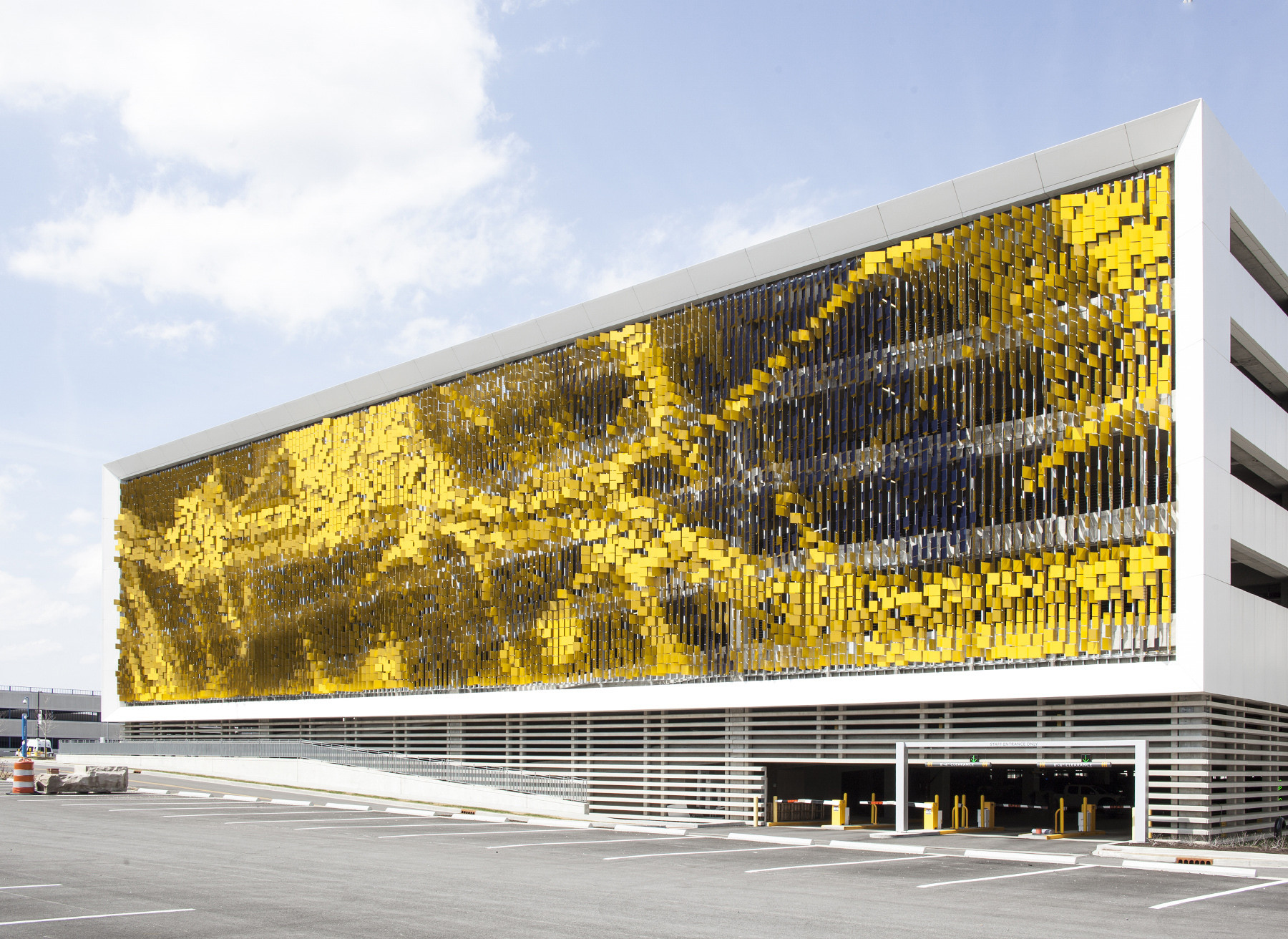
Students from the Pratt Institute have created a wall of concrete blockwork... but not like any you've seen before. Challenged by their tutors Lawrence Blough and Ezra Ardolino to produce something highly customized from something highly standardized - the 8-by-8-by-24-inch AAC brick - the students used Rhino software and a CNC miller to create a 96-block screen wall composed of 20 different block profiles. “The earlier stuff I’d done was trying to use as much off-the-shelf material as I could,” said Blough. “Here we decided to really push it, and to take on more of the ideas of mass customization." Find out more about the project at the Architect's Newspaper Fabrikator Blog.


















